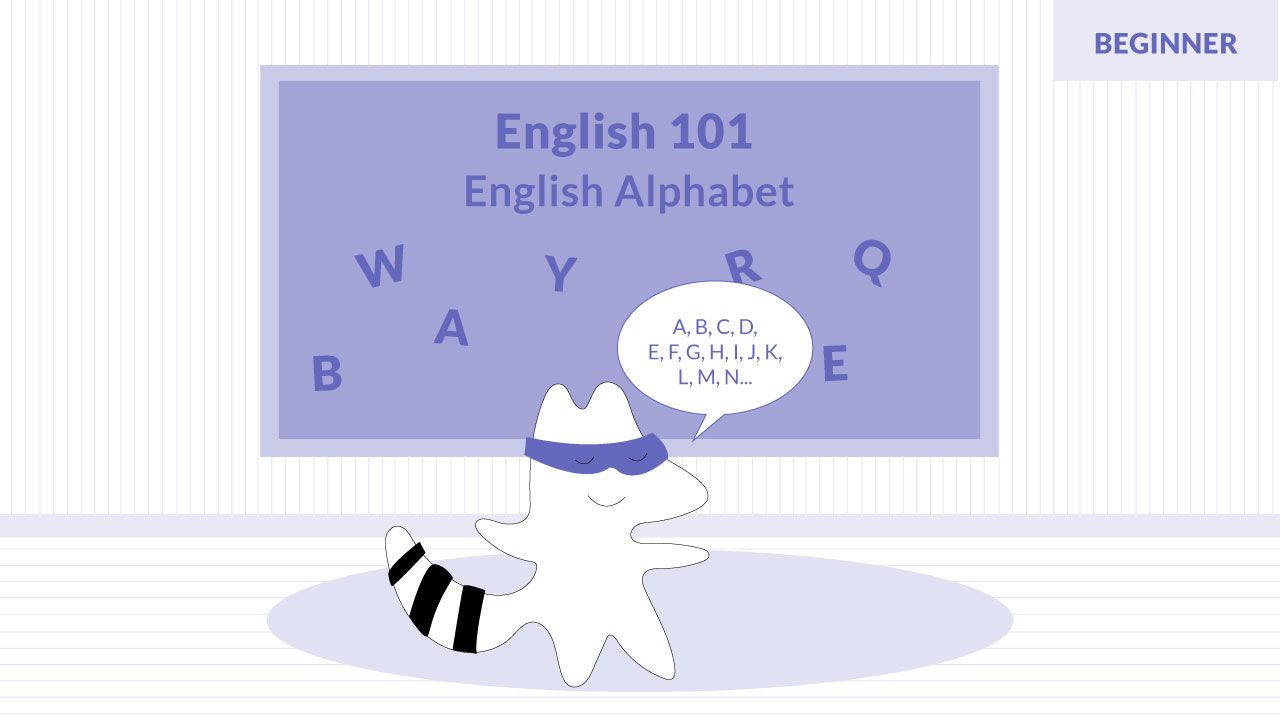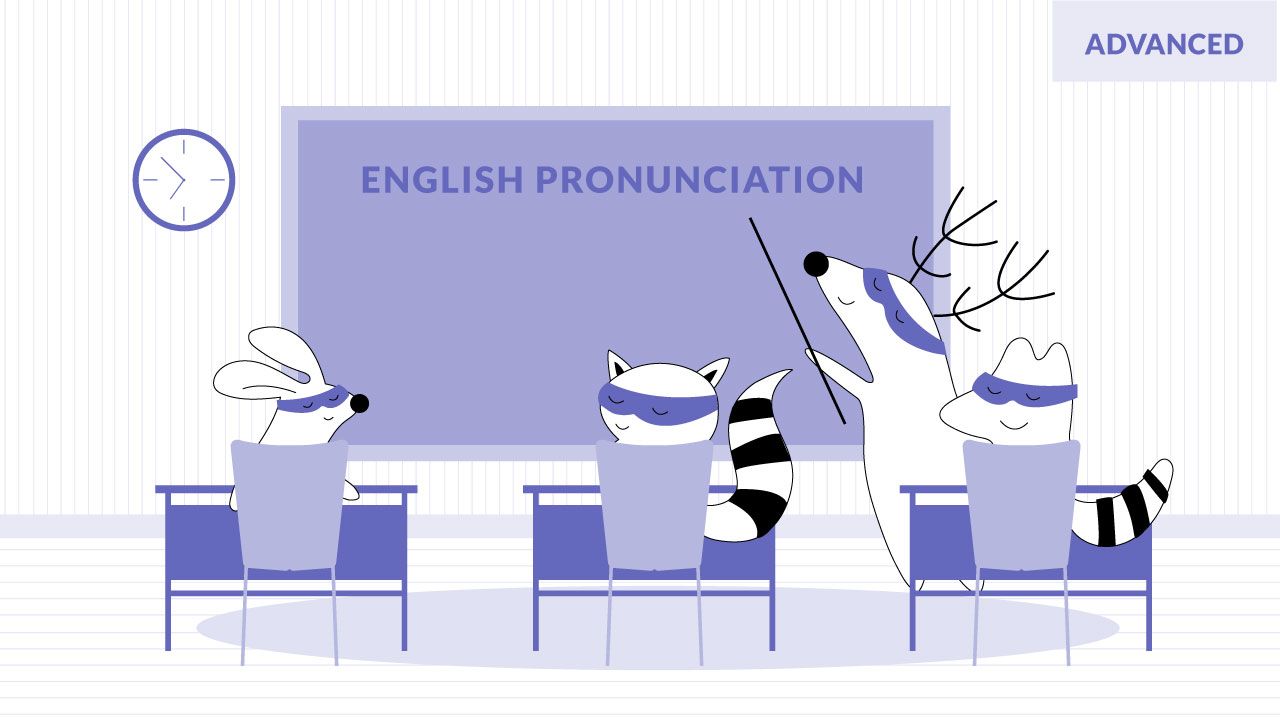
English language proficiency is a hot topic for many people. There are many different levels of English language proficiency, and it can be difficult to determine which one you fall into. You've probably heard phrases like "beginner," "intermediate student," or "advanced speaker" in terms of English language learning. But what do they actually mean?
Below, you will find our comprehensive guide to English language proficiency, where we break down each of its levels according to the CEFR scale - an international guideline to measure a student’s English language proficiency – and provide essential information on what you can do at every level. Let's dive in!
Learn English with Langster
What Is English Language Proficiency (ELP)?
At its core, language proficiency is the ability to use a foreign language effectively for communication. A person who is proficient in a language has the skills necessary to speak, understand, read, and write in that language.
There are different levels of language proficiency. For example, a beginner-level English speaker may be able to understand basic phrases and expressions but would not be able to hold a conversation or read a complex text. On the other hand, an advanced speaker would be able to do all of those things and more.
The Common European Framework of Reference for Languages (CEFR) is an internationally recognized guideline used to measure language ability. It divides learners into three broad categories – A, B, and C – with each category further divided into two levels (e.g., A1, A2, B1, B2, C1, C2).
The CEFR scale is as follows:
- A1 = beginner
- A2 = elementary (pre-intermediate)
- B1 = intermediate
- B2 = upper-intermediate
- C1 = advanced
- C2 = mastery
Now, let's take a more detailed look at each level of the CEFR scale.
CEFR Level A1 – Beginner
At the A1 level, students are only starting to learn English as a second language. They can understand and use simple phrases and sentences. A1 English speakers can communicate in a very basic way and are beginning to build up their confidence in using the language.
At this level, you can:
- Introduce yourself and others.
- Ask and answer simple questions about the personal information (e.g., "Where are you from?").
- Understand simple sentences and messages.
- Use simple phrases to describe where you live, people you know, and things you like.
- Write simple sentences about yourself, your family, and your hobbies.

CEFR Level A2 – Elementary
At the A2 level, learners have a basic knowledge of English. They can communicate in simple, everyday situations and are starting to feel more confident using the language.
At this level, you can:
- Understand familiar words and simple sentences on familiar topics.
- Talk about your daily routine, your family, and your hobbies.
- Ask and answer simple questions in English.
- Write short, simple texts on familiar topics (e.g., a letter to a friend).

CEFR Level B1 – Intermediate
At the B1 level, English learners have a good knowledge of the language. They can communicate with confidence in most situations and are starting to get a better feeling of the language.
At this level, you can:
- Understand the main points of complex texts on both concrete and abstract topics.
- Express yourself fluently and spontaneously without having to pause to search for words.
- Talk about experiences, events, dreams, hopes, and ambitions.
- Explain your opinions and discuss topics with other people.
- Write clear, detailed texts on a range of topics (e.g., an essay, a letter, a report).
CEFR Level B2 – Upper-Intermediate
At the B2 level, learners already have very good English skills. This English proficiency level allows them to communicate fluently and spontaneously and to express themselves with precision and clarity.
At this level, you can:
- Understand a wide range of long, demanding texts on both concrete and abstract topics.
- Express yourself fluently, flexibly, and effectively in English, both in spoken and written form.
- Use the language effectively for social, academic, and professional purposes.

CEFR Level C1 – Advanced
At the C1 level, learners have an excellent knowledge of English. They can use the language fluently and effectively in a variety of different contexts.
At this level, you can:
- Understand a wide range of demanding, longer texts, and recognize implicit meaning.
- Express ideas fluently and spontaneously without much obvious searching for expressions, both in writing and speaking.
- Use the language flexibly and effectively for social, academic, and professional purposes.
CEFR Level C2 – Proficiency
At the C2 level, learners achieve mastery of English. They can use the language effortlessly and accurately in any situation.
At this level, you can:
- Understand virtually everything you read or hear.
- Express yourself spontaneously, very fluently, and effectively in English, both in spoken and written form.
- Use the language flexibly and effectively for social, academic, and professional purposes.

How to Determine My English Proficiency Level?
There are many different ways to determine your level of English language proficiency (ELP). One way is to take an English language proficiency test, such as the TOEFL® or IELTS. These tests are designed to measure your ability to use and understand the English language in an academic setting.
Another way to determine your level of English proficiency is to take a placement test offered by an English Language School. These tests are designed to place you in the appropriate level of English classes offered by the school.
It’s important to note that while most English learners will take the general ELP assessment, some English learners with the most significant cognitive disabilities may participate in an alternate assessment of their English language proficiency (Alt-ELPA).
These ELP assessments will still be linked to more rigorous standards of English language arts, mathematics, and other content, with an emphasis on challenging academic content standards.
Finally, you can also consult with a qualified ELS instructor to help you determine your level of English proficiency. This is often the best option if you’re not sure which level you fall into or if you want a more comprehensive evaluation of your skills.
And, of course, you can always take a quick online test to check where you’re at in terms of English language development. However, keep in mind that such tests won’t serve as reliable proof of your language fluency.
The Bottom Line
No matter which method you use to assess your English proficiency, it is important to remember that your level can always change over time. As you continue to learn and use the English language, your level of proficiency will likely increase.
If you want to improve your English language proficiency, there are many different resources that can help you. One great resource is embarking on a full-fledged English language course. These courses can help you learn and practice the English language in a structured setting.
Additionally, there are many free online resources, such as websites, apps like our Langster app, and games, that can help you improve your English proficiency at your own pace. Good luck!









